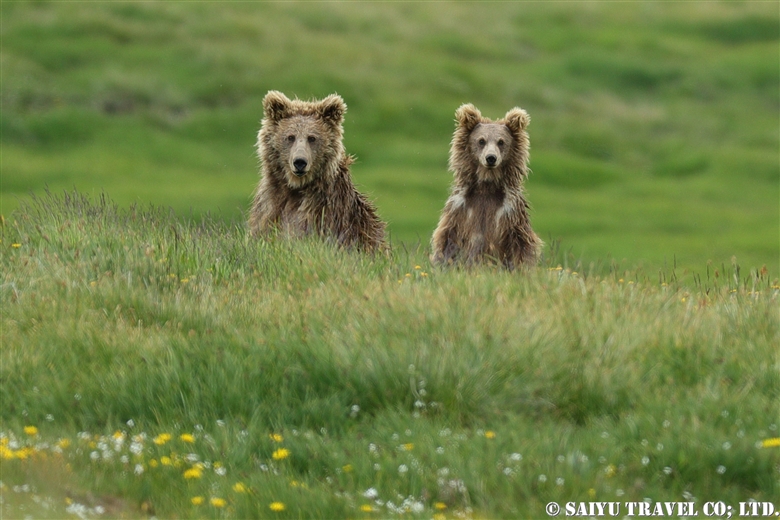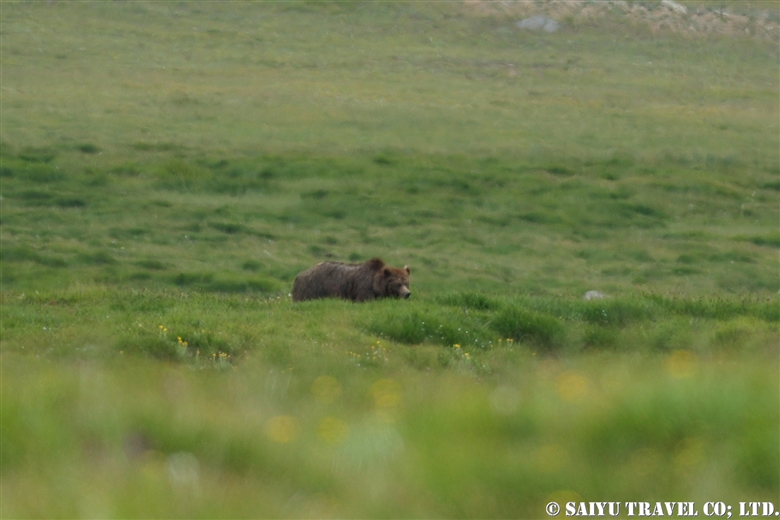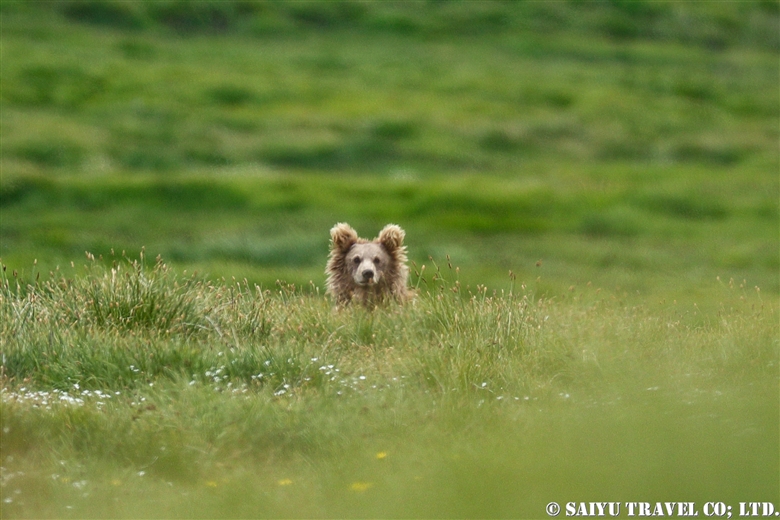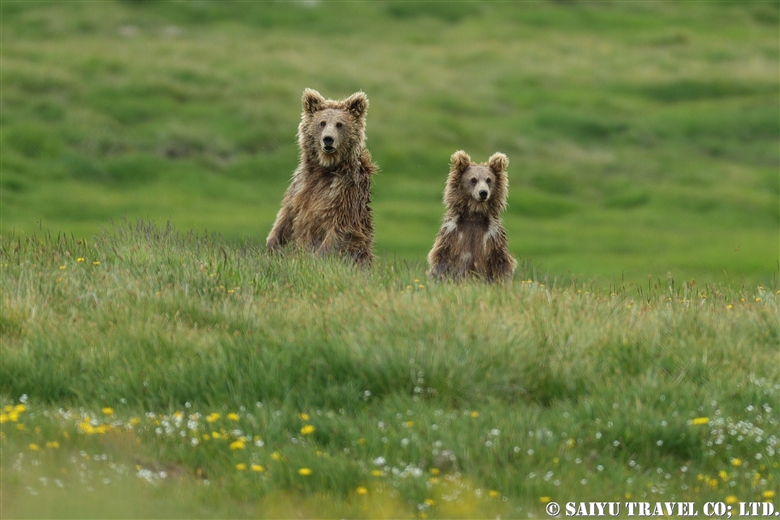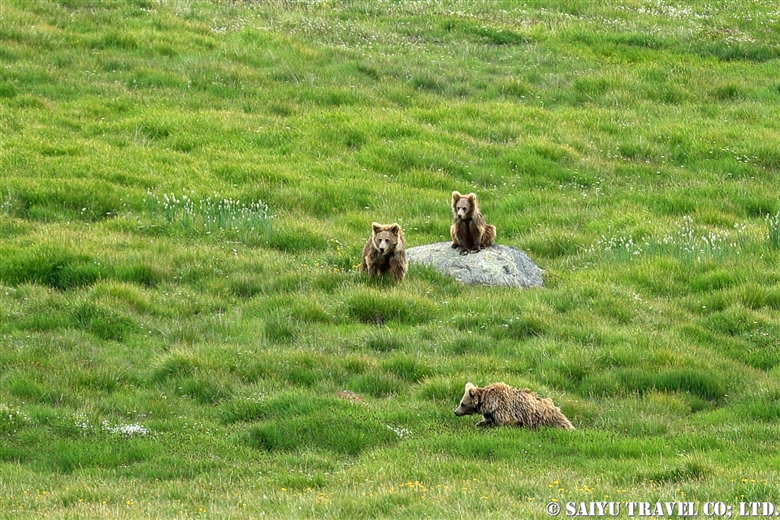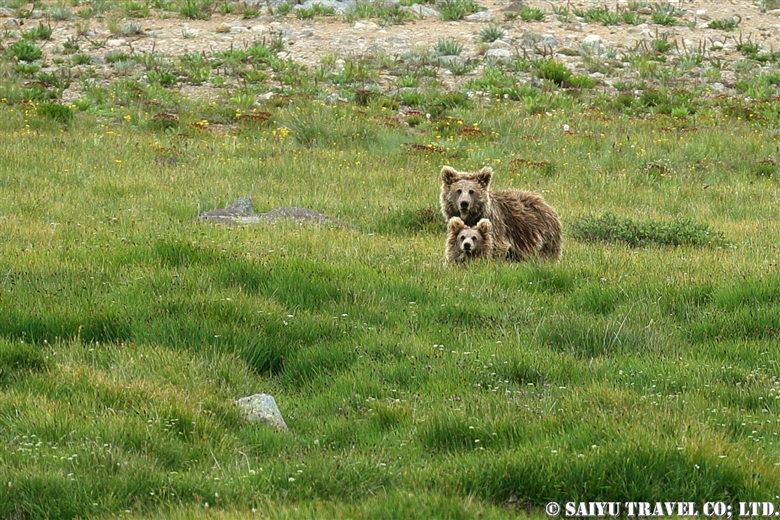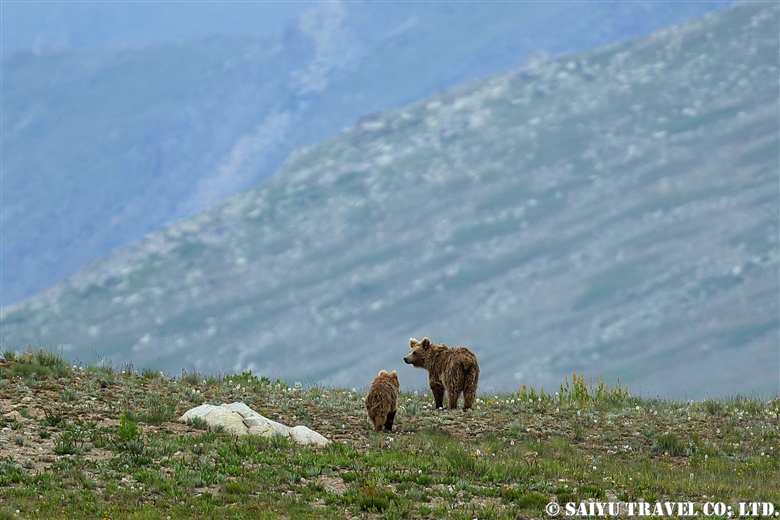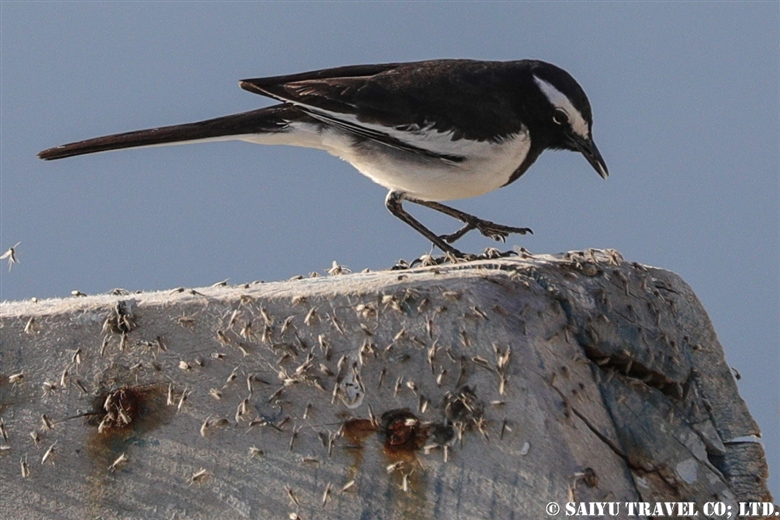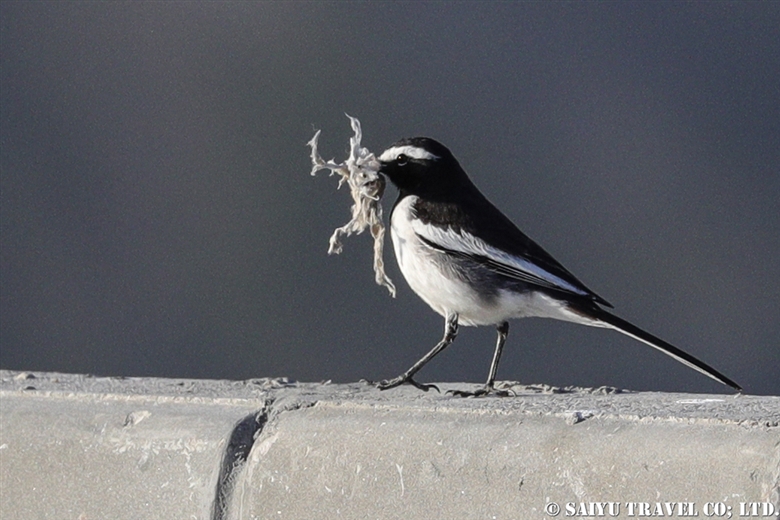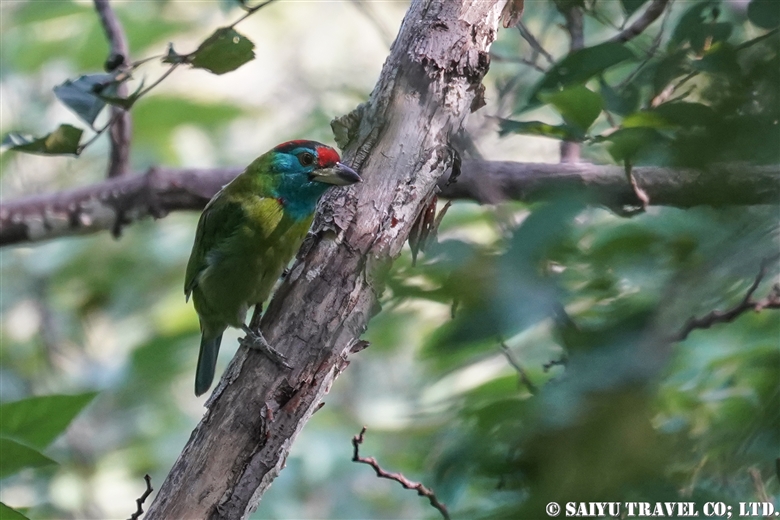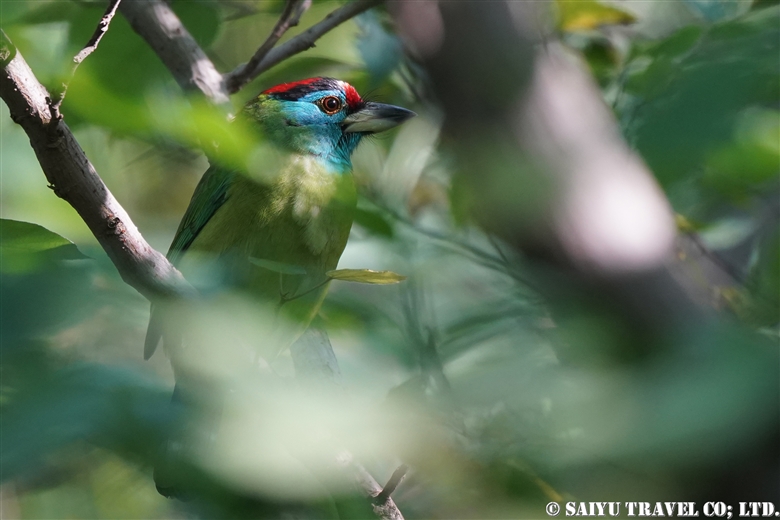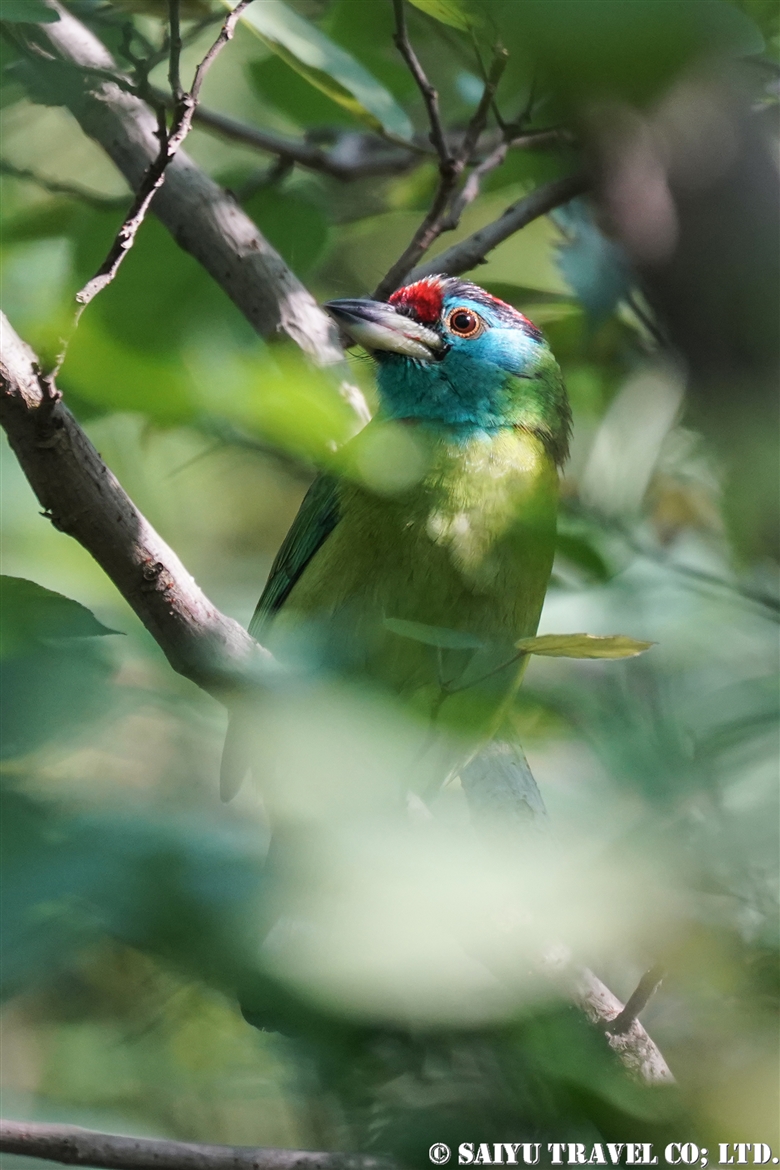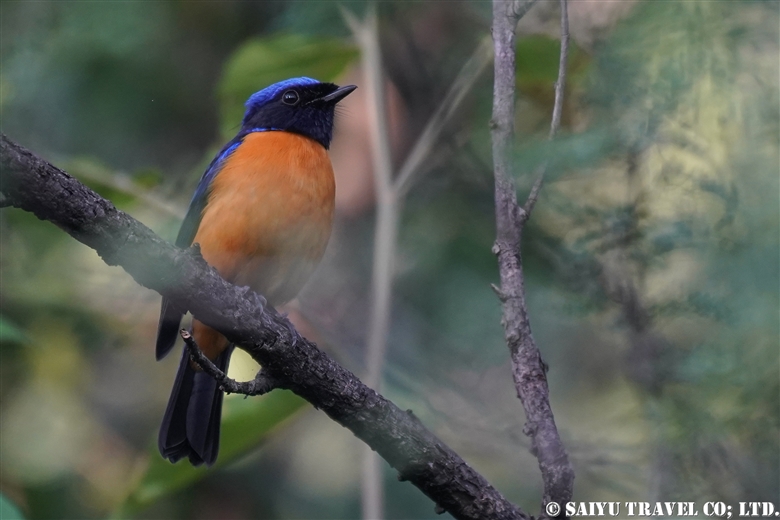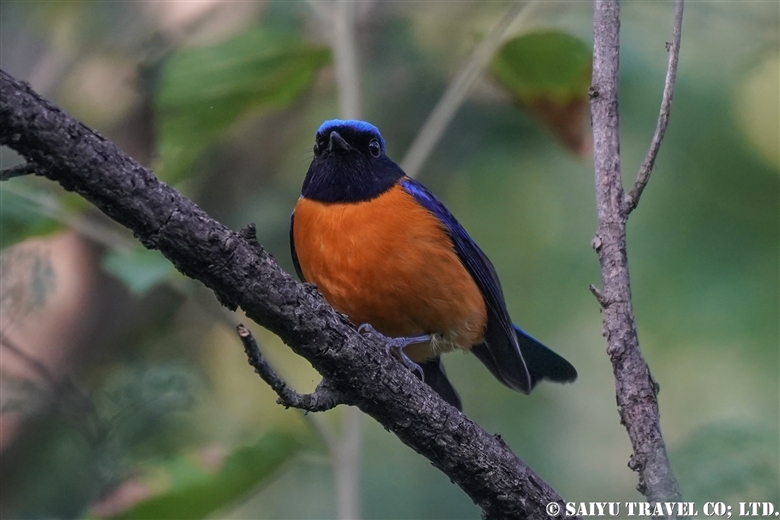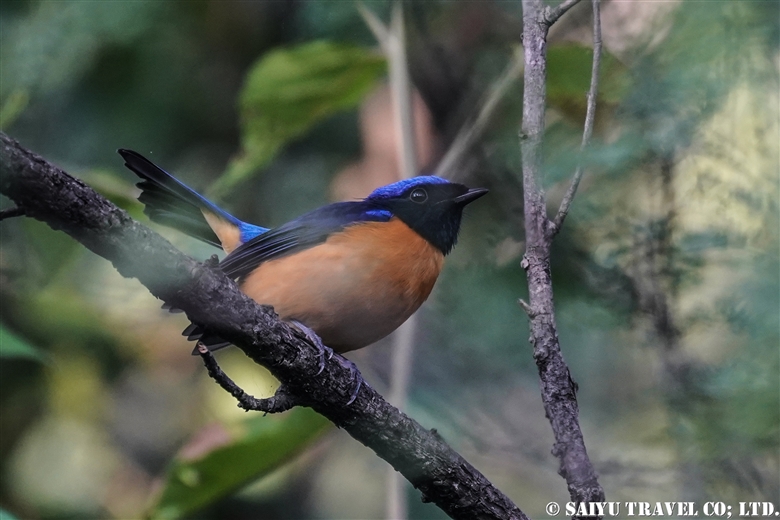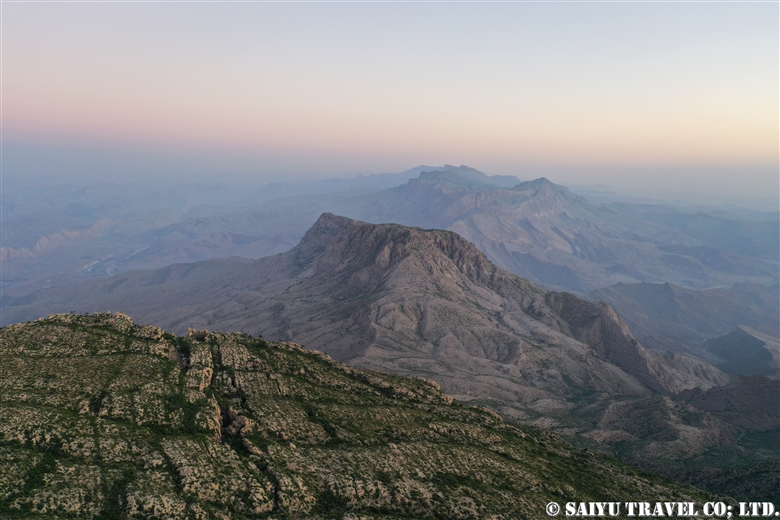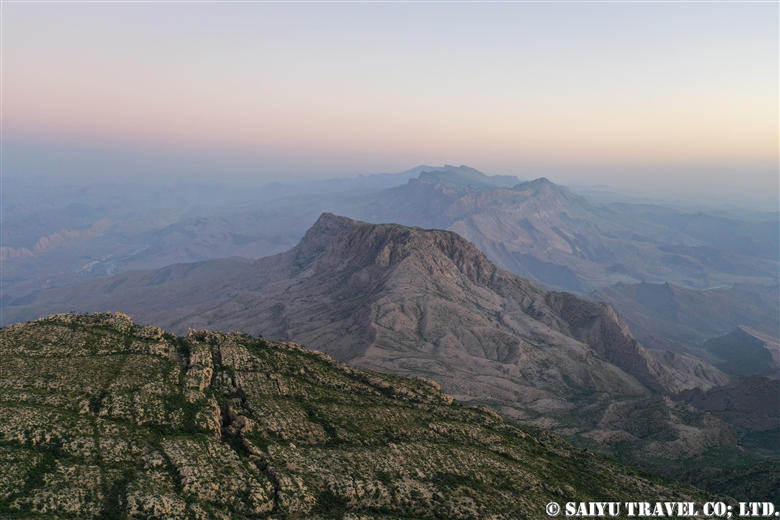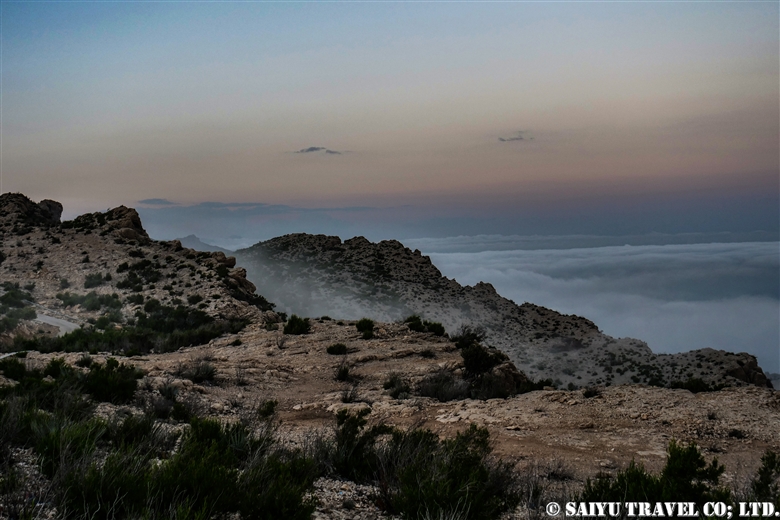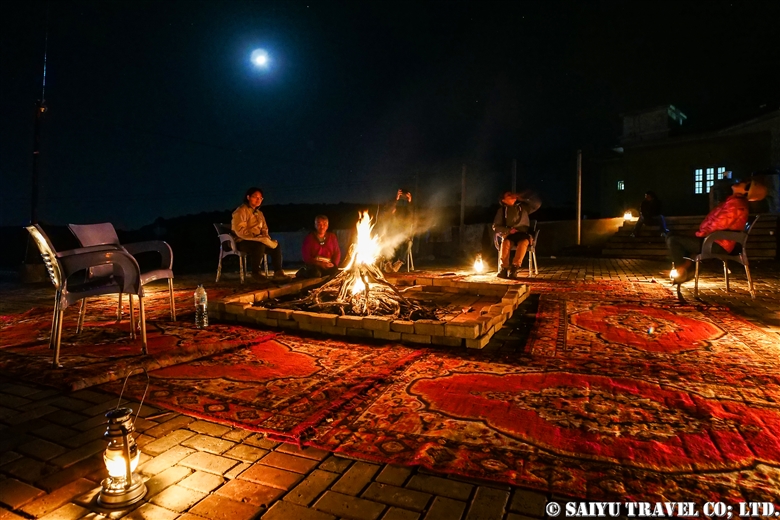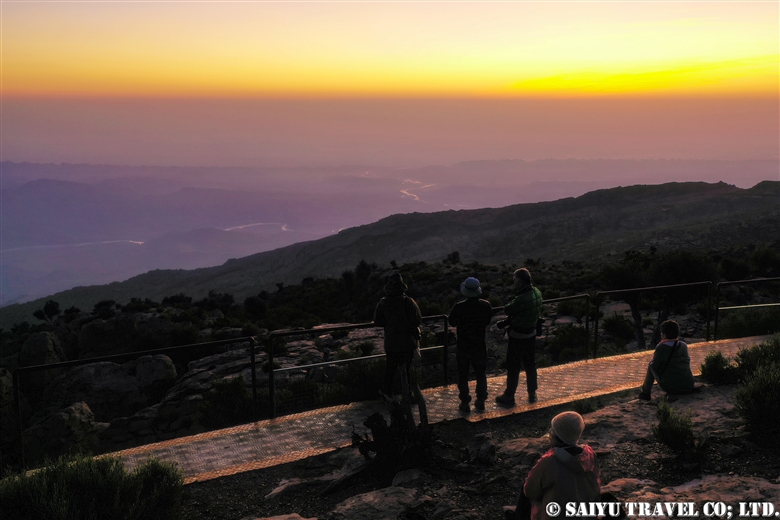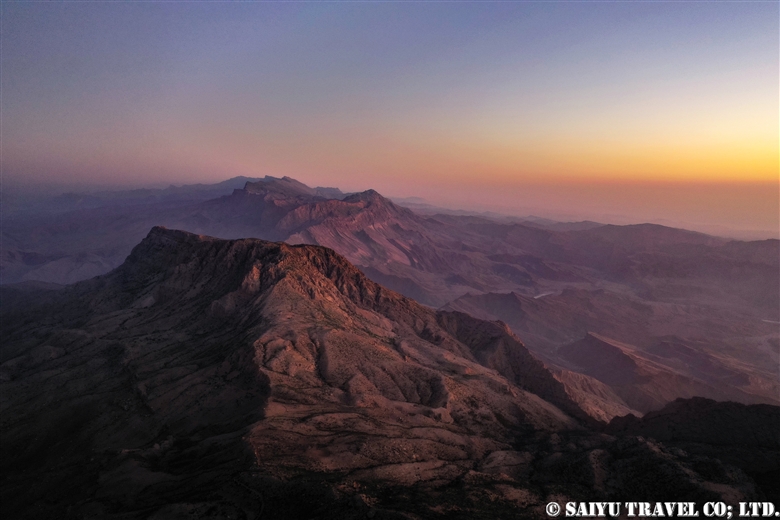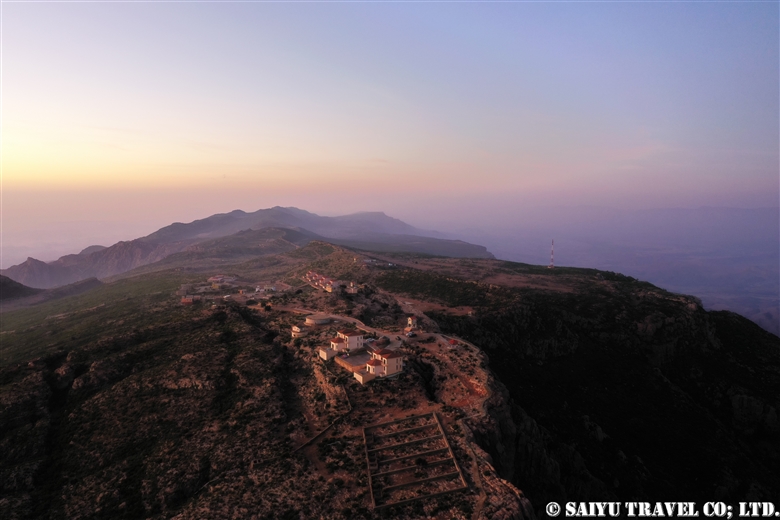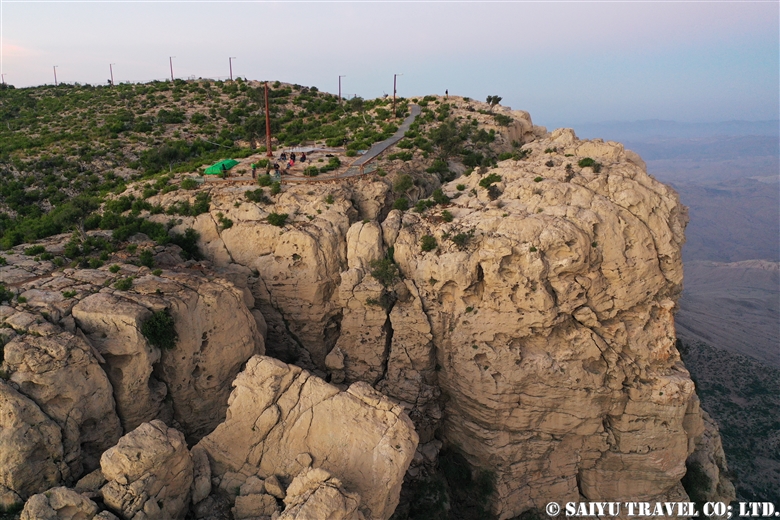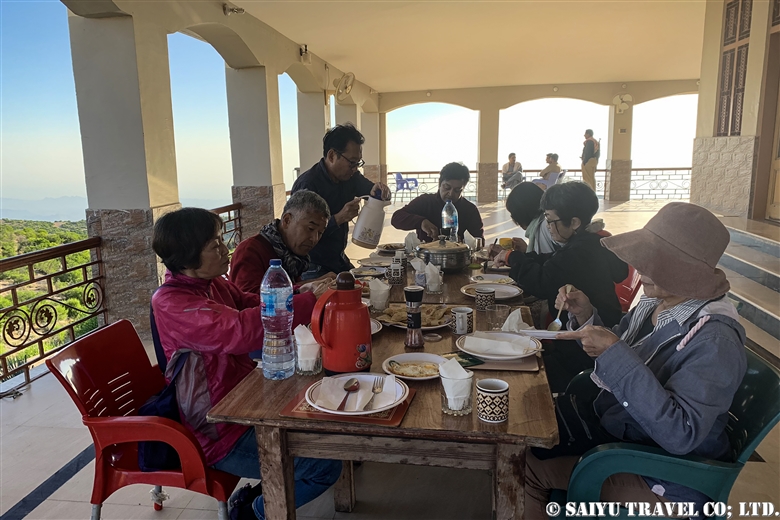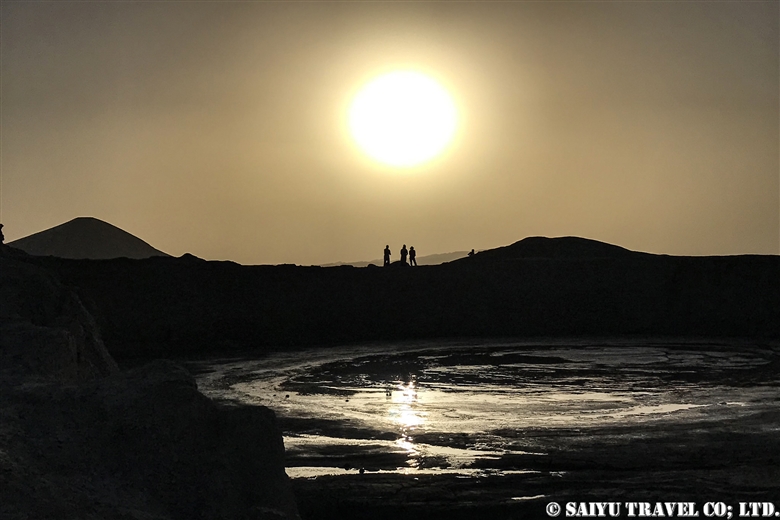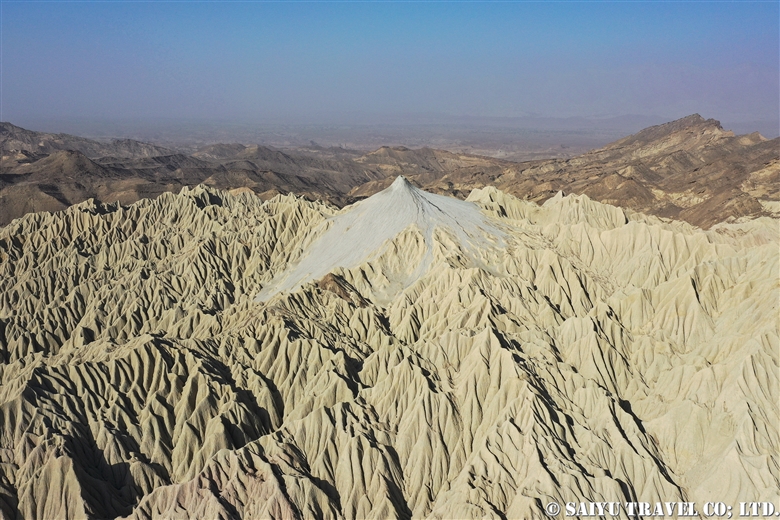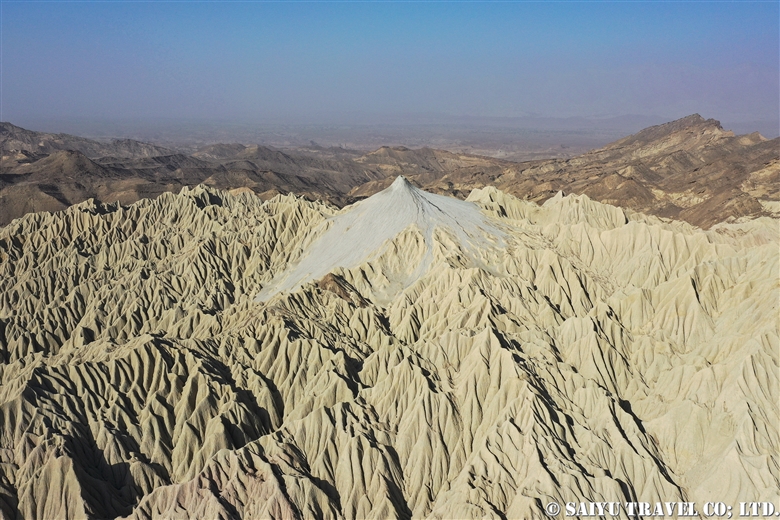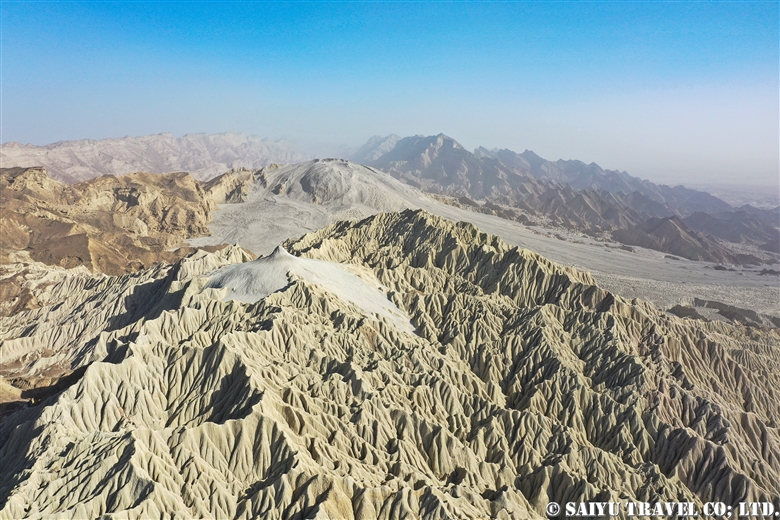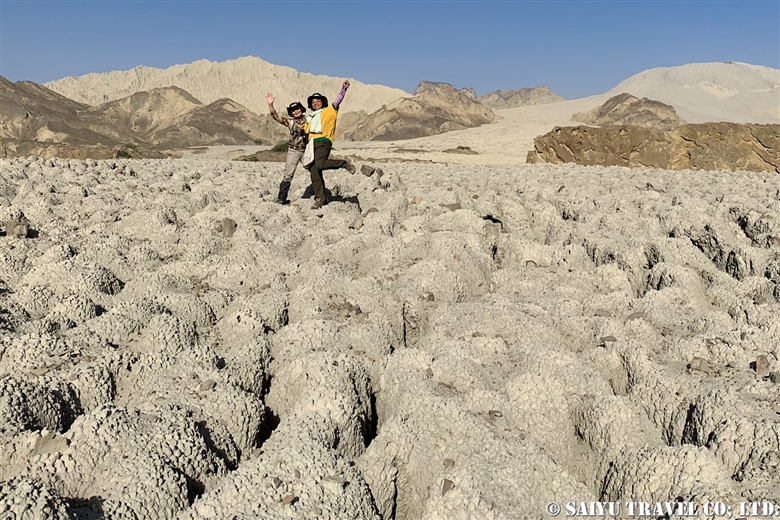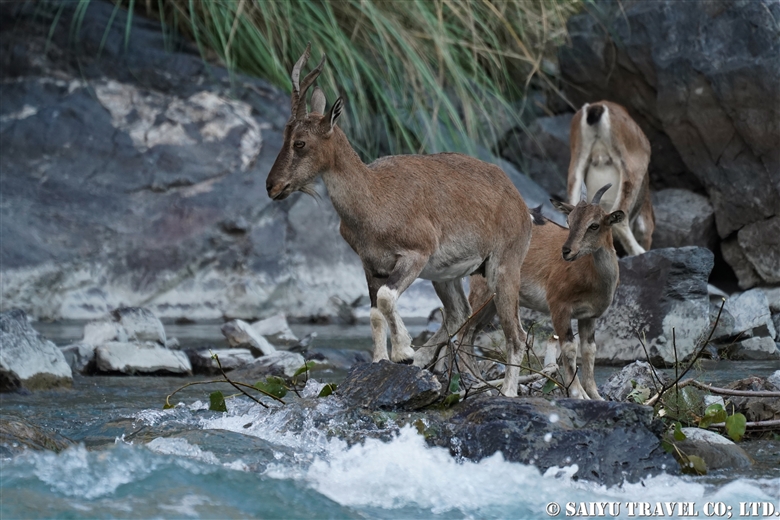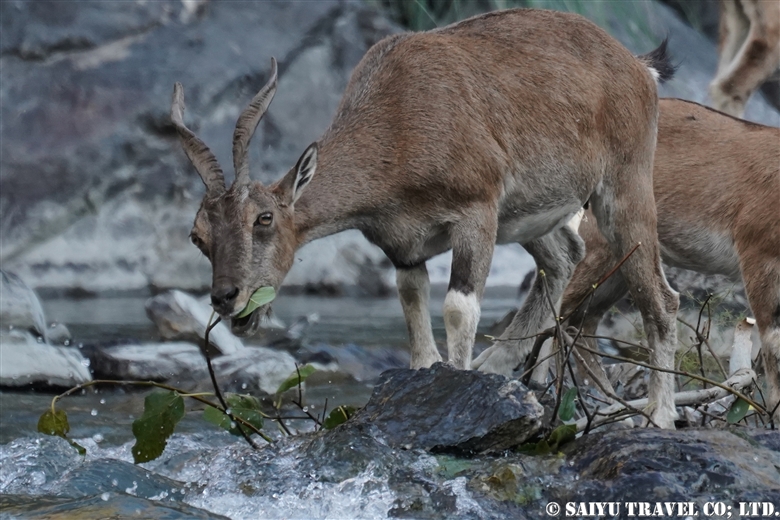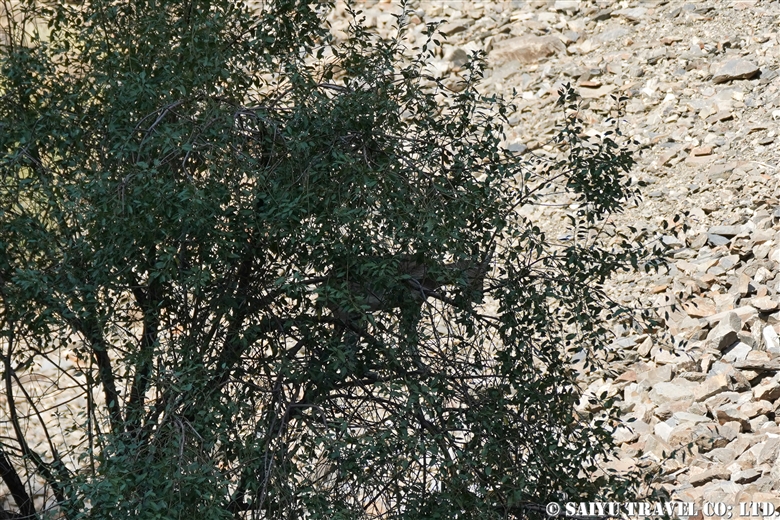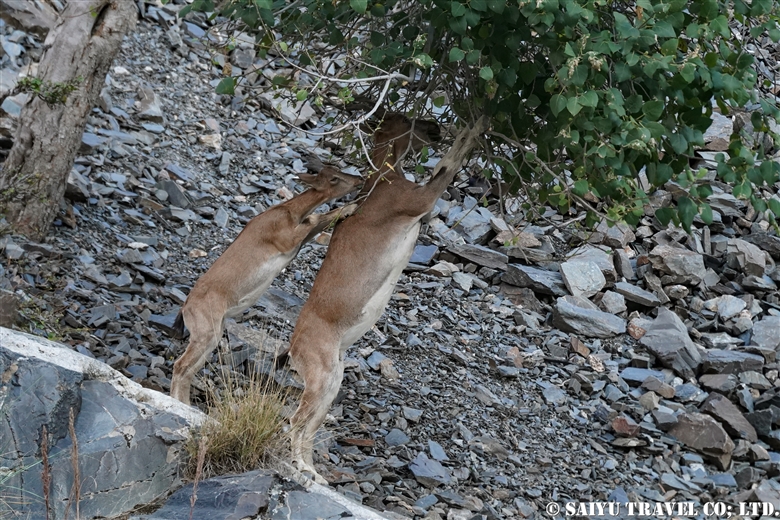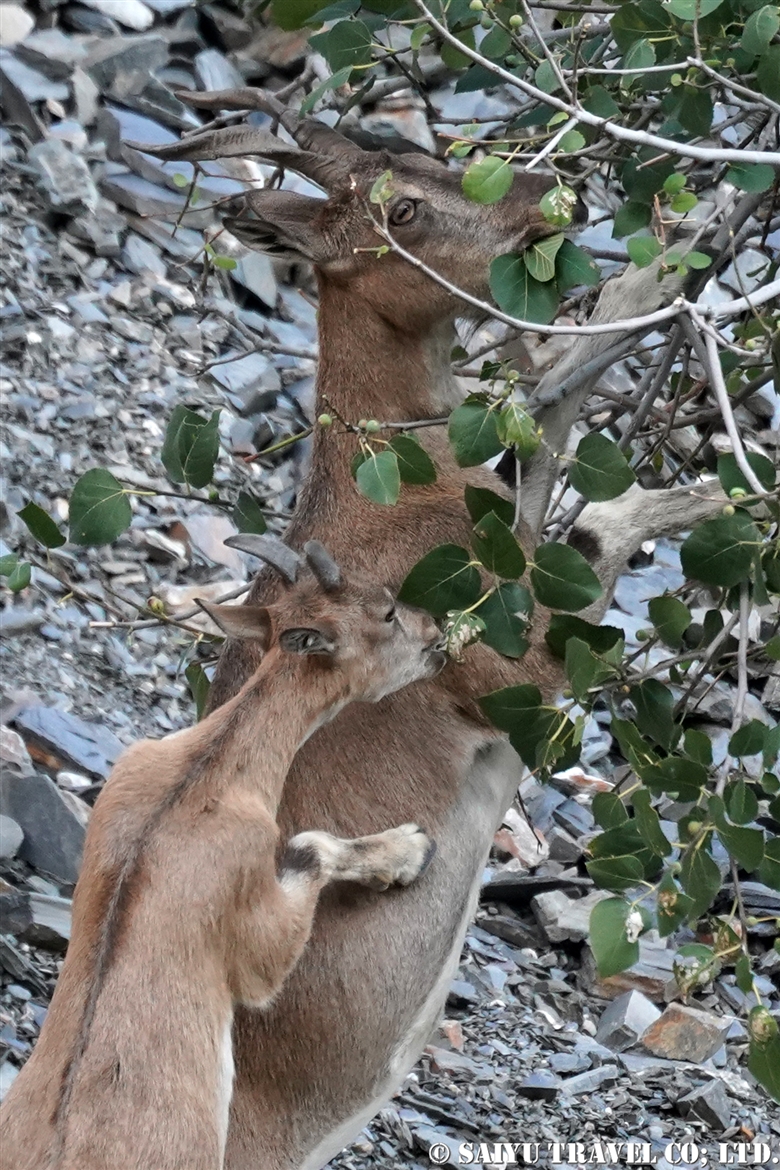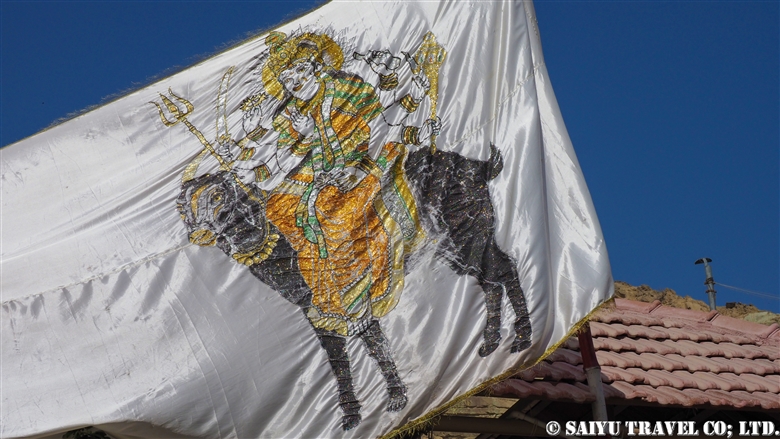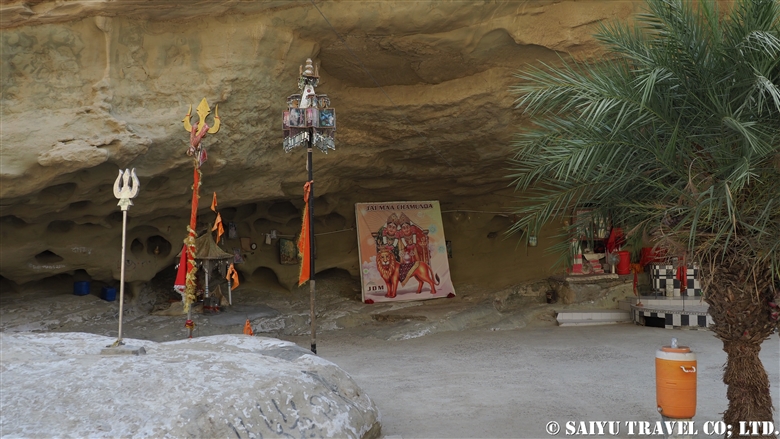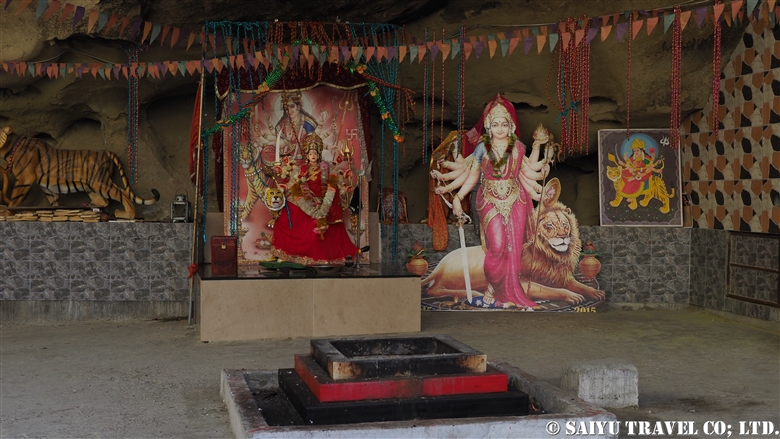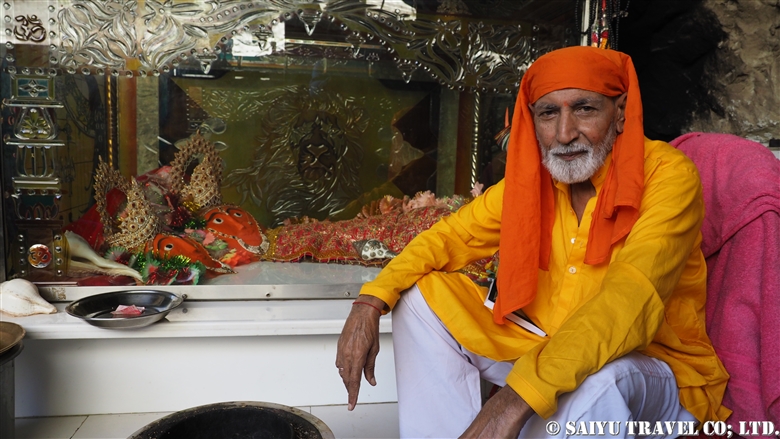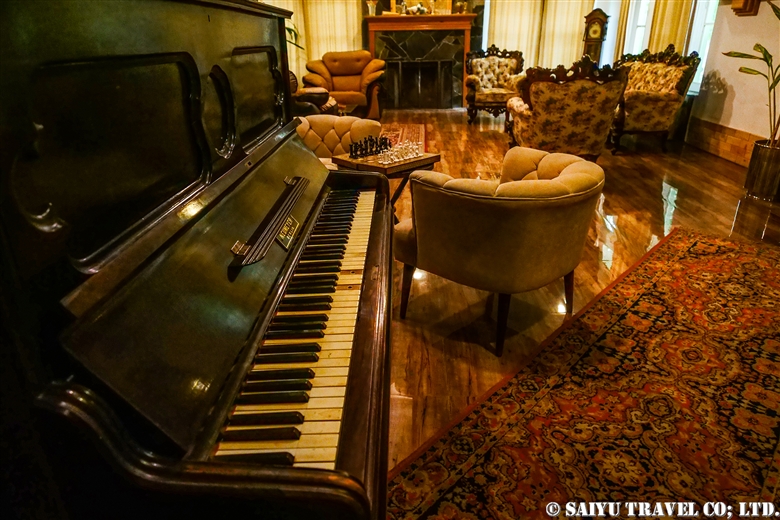
A lovely place to stay … a hotel introduced by a hunter acquaintance for the observation of Kashmir Markhor, Gahirat Castle Hotel 1912.
There are several hotels in the Chitral area that belong to the former Chitral princely state. Gahirat Castle 1912 is one of that and it has a private game reserve of 95,000 hectares, where about 700 Kashmir Markhors live.
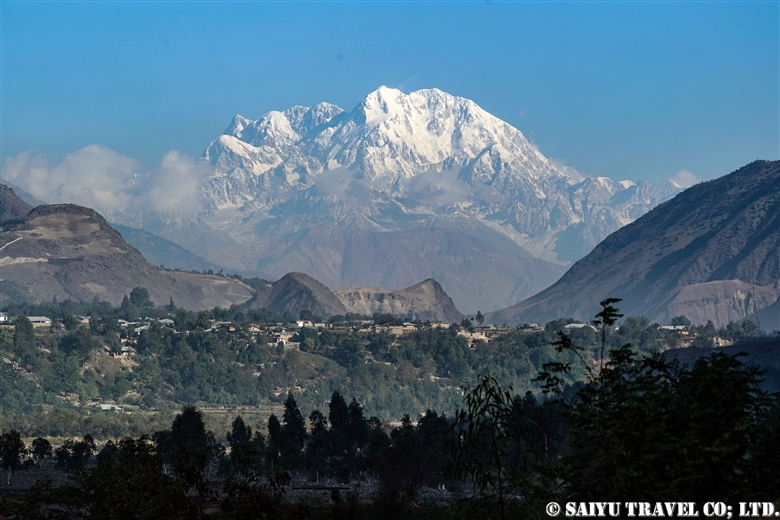
In the morning and evening, you can see Hindu Kush’s highest peak Tirich Mir 7,708m from the vicinity of the Gahirat Castle. The perfect view beyond the wide Chitral Valley.
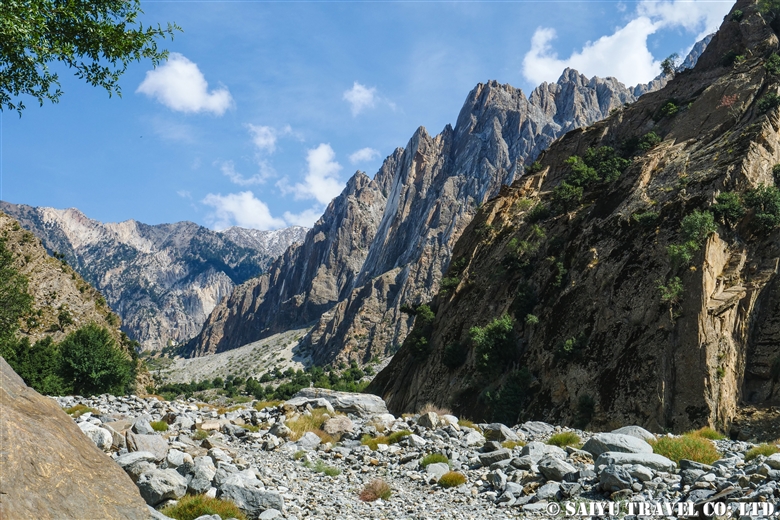
Gahirat Community Game Reserve—It is in a mountainous area, upstream of the Gahirat River. It’s vegetation is an ideal environment for Kashmir Markhor and the valley is narrow which is suitable for our observation as well.

A female Kashmir Markhor continuously looking at us.
In 2009, when the current owner began protecting Kashmir Markhor, the game reserve had only about 60 Kashmir Markhor. Consequently through protection in accordance with the rules of trophy hunting and enforcement of laws against illegal hunting, it is said that number has increased to about 700 as of 2019.
Trophy hunting at the Gahirat Community Game Reserve has a quota of one Kashmir Markhor per year. The amount of shooting permit from the government starts from about USD 100,000 (It is a surprise). This is a system in which a hunting company drops it at an auction and sells it to customers. Most of this revenue is returned to the community. Nine gamekeepers were cracking down on illegal hunting for one trophy hunting in this game reserve.
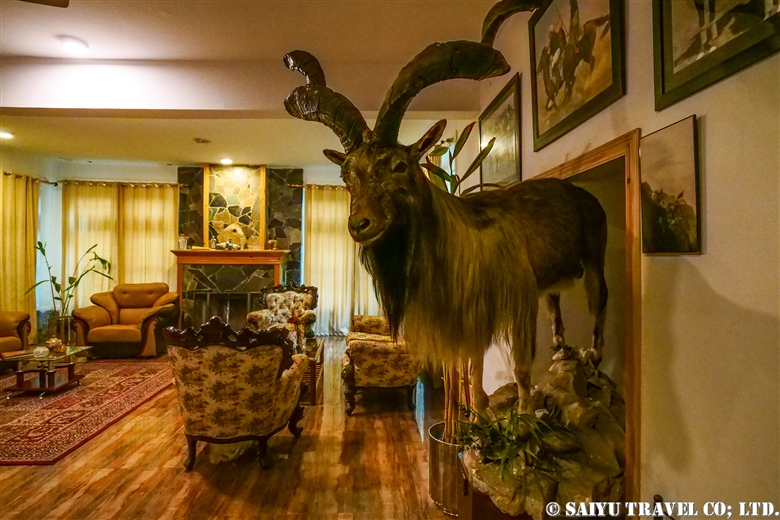
Official trophy hunting began in 2000 at Gahirat Community Game Reserve, and there are 18 records by 2019. The trophy hunting is limited to those old males with more than 40 inches horns.
The Kashmir Markhor displayed in the hotel’s living room is the trophy of the current owner’s grandfather, with 58 inches horn, the third-largest Kashmir Markhor trophy in the world.
To be honest, I don’t accept hunting or trophy hunting but I think it’s much better than the time when illegal hunting was rampant, encouraging local residents to understand conservation even the purpose for Trophy hunting.
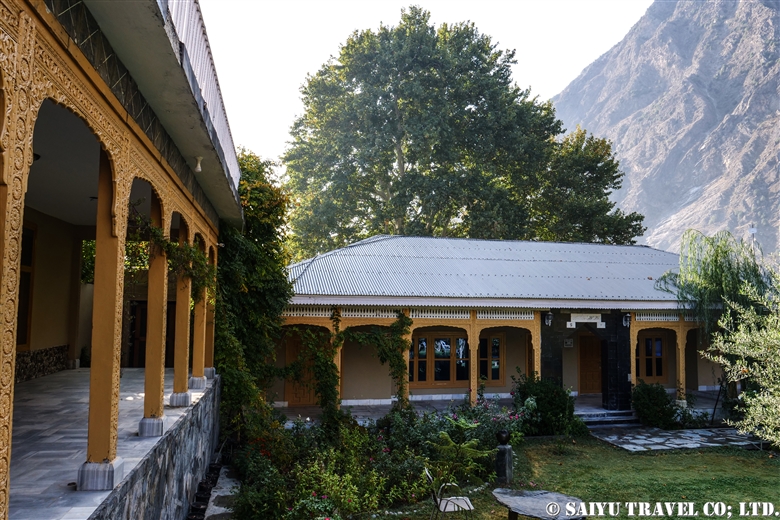
Finally, when you come back from the Game Reserve, Gahirat Castle 1912 is a wonderful place to stay. When you enter the building, you will be greeted by the historical heritage gems.
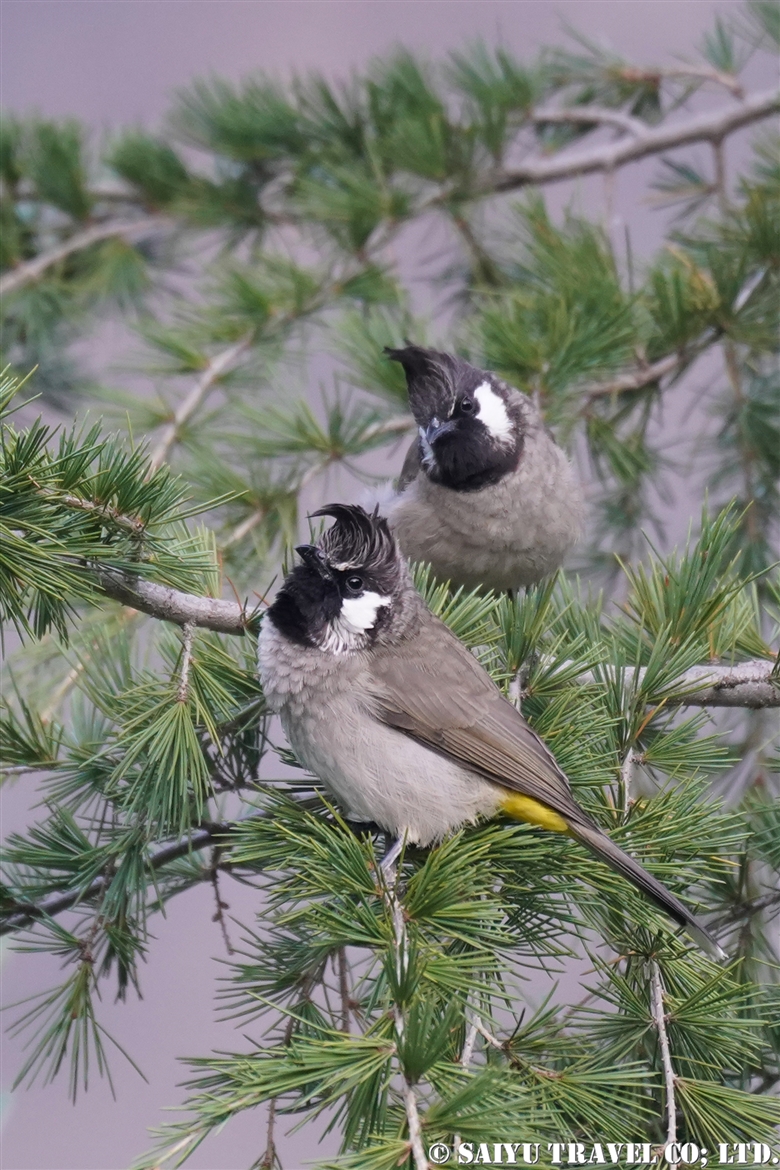
Pair of Himalayan Bulbul.
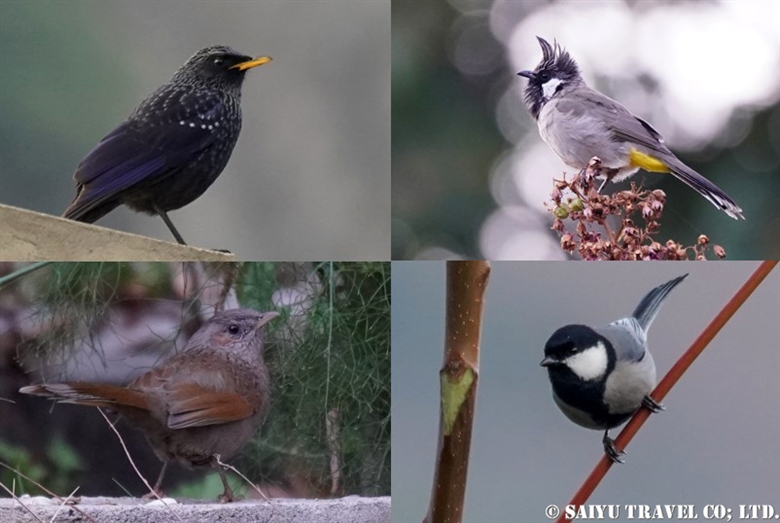
At 6:30 in the morning, you can hear the birds chirping. A blissful moment to go out in the middle of the garden and observe the birds.
I observed a good number of Himalayan Bulbul, White-eared Bulbul, Blue-whistling Thrush, Great Tit, Eurasian tree sparrow, Bank Myna, Streaked Laughingthrush, etc.
A great stay in nature, the Gahirat Castle 1912.
Photo & text : Mariko SAWADA
Visit :Oct 2019, Gahirat Castle 1912 & Gahirat Community Game Reserve, Chitral, Khyber Pakhtunkhwa
Tag : Markhor , Pakistan tour operator , Pakistan Blog , Pakistan Photography Tour , Pakistan Travel Blog , Wildlife tour in Pakistan , Wildlife of Pakistan , Gahirat Conservancy , Chitral , Gahirat , Gahirat Community Game Reserve , Himalayan Bulbul , Indus Caravan , Kashir Markhor , Saiyu Travel Pakistan , Khyber Pakhtunkhwa , Pakistan Travel company






